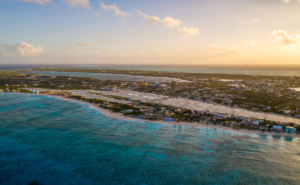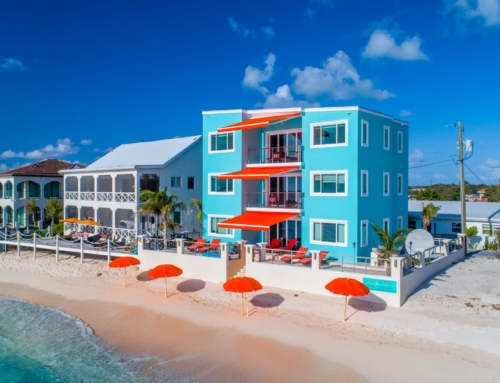Grand Turk Island is one of the many beautiful islands that make up the Turks and Caicos, a British Overseas Territory in the Caribbean. While it may be small in size, it has a rich history and culture that have shaped its character and way of life. The first inhabitants of Grand Turk Island were the Taíno people, who were indigenous to the Caribbean region. They were skilled farmers and fishermen and had a complex social structure. However, they were eventually displaced by the arrival of European colonizers.
The island was first visited by Christopher Columbus in 1492 during his first voyage to the New World. He named the island after the turks head cactus that he found growing there, and the name stuck. However, it wasn’t until the 17th century that the island was settled by Europeans. The first permanent settlement on the island was established by Bermudian salt collectors in the late 1600s. Salt was a valuable commodity at the time, and the island’s natural salt pans made it an ideal location for salt production. The salt industry remained the mainstay of the island’s economy for centuries.
During the 18th and 19th centuries, Grand Turk Island was a hub of commerce and trade. Ships from around the world would stop at the island to take on fresh water and provisions, and the island’s port became a center of activity. Many of the island’s historic buildings, including the Governor’s Residence, the Customs House, and the Victoria Library, were built during this time.
Today, the island’s colonial past is still evident in its architecture and way of life. The island’s historic buildings have been carefully preserved and restored, and they provide a glimpse into the island’s rich history. The island’s cultural heritage is also celebrated through events such as the annual Salt Festival, which pays tribute to the island’s salt-producing heritage. However, Grand Turk Island is more than just its colonial past. The island has a vibrant and unique culture that is shaped by its natural beauty and location in the Caribbean. The island’s people are friendly and welcoming, and they take pride in their island home.
The island’s cuisine is a blend of African, European, and Caribbean influences, with dishes featuring fresh seafood, tropical fruits, and spices. Conch is a popular ingredient in many dishes, and it is often served in the form of fritters, salads, or chowders.
Music is also an important part of the island’s culture, with a variety of styles ranging from reggae to soca to traditional folk music. The island’s annual Music and Cultural Festival celebrates the island’s musical heritage with concerts and performances by local and international artists.
 In addition to its rich cultural heritage, Grand Turk Island is also known for its stunning natural beauty. The island’s beaches are pristine and unspoiled, with crystal-clear waters and white sand. The island is also home to a diverse array of marine life, making it a popular destination for scuba diving and snorkeling. In conclusion, Grand Turk Island is a unique and special place with a rich history and culture. Its colonial past has left an indelible mark on the island, shaping its architecture and way of life. However, the island’s vibrant culture is also a reflection of its natural beauty and location in the Caribbean. Whether you’re interested in history, culture, or natural beauty, Grand Turk Island has something to offer.
In addition to its rich cultural heritage, Grand Turk Island is also known for its stunning natural beauty. The island’s beaches are pristine and unspoiled, with crystal-clear waters and white sand. The island is also home to a diverse array of marine life, making it a popular destination for scuba diving and snorkeling. In conclusion, Grand Turk Island is a unique and special place with a rich history and culture. Its colonial past has left an indelible mark on the island, shaping its architecture and way of life. However, the island’s vibrant culture is also a reflection of its natural beauty and location in the Caribbean. Whether you’re interested in history, culture, or natural beauty, Grand Turk Island has something to offer.






